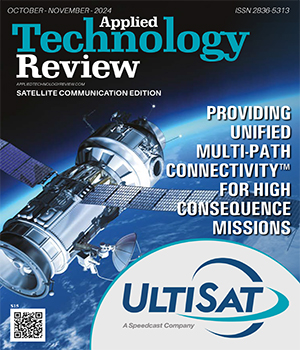The satellite communication landscape is undergoing a profound transformation, driven by technological advancements and growing demand for global connectivity.
The deployment of mega-constellations, such as SpaceX’s Starlink, OneWeb, and Amazon’s Project Kuiper, is at the forefront of this evolution. These networks of thousands of small satellites in low Earth orbit (LEO) promise to deliver high-speed internet to underserved and remote regions around the world. The ambition behind these initiatives is not just to bridge the digital divide but to create a robust infrastructure capable of supporting the burgeoning Internet of Things (IoT) ecosystem.
Advancements in satellite technology have led to significant improvements in bandwidth and latency. The transition from traditional geostationary satellites to LEO and medium Earth orbit (MEO) satellites allows for lower latency communications, making satellite internet competitive with terrestrial options. This is crucial for applications that require real-time data transmission, such as telemedicine, autonomous vehicles, and smart city initiatives.
Satellite technology is also playing a critical role in environmental monitoring and disaster response. The ability to provide real-time data on climate patterns, natural disasters, and resource management is invaluable in our efforts to address climate change and enhance resilience to its impacts.
The satellite communication industry is at a pivotal moment, characterized by rapid innovation and increasing global demand. As we embrace these advancements, it is crucial for stakeholders—governments, private sector players, and international organizations—to collaborate in creating a sustainable and secure satellite ecosystem. The future promises not just improved connectivity but also a more interconnected world, where technology serves as a bridge, not a barrier.


















